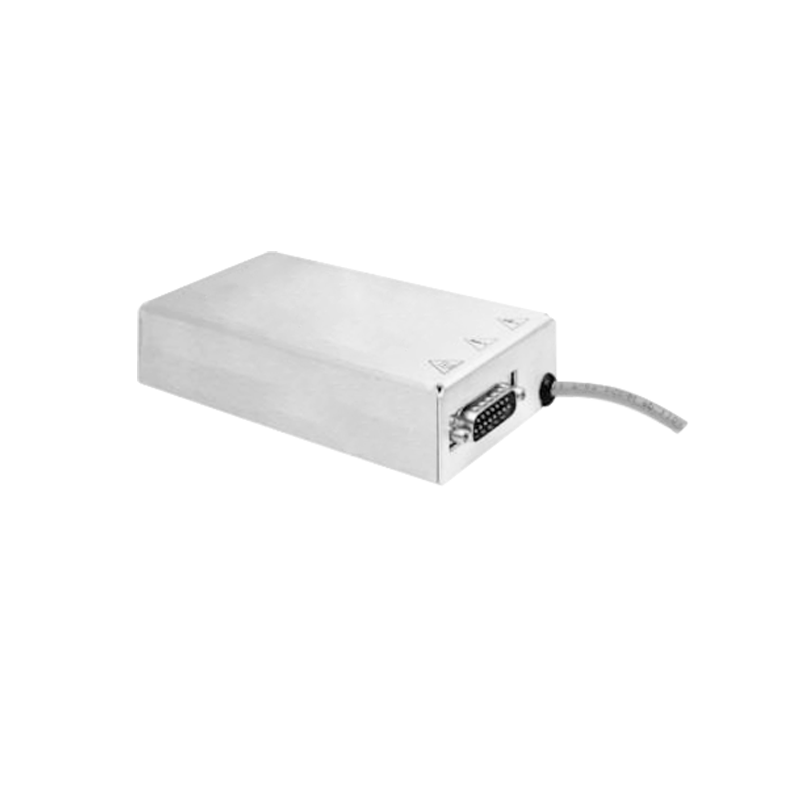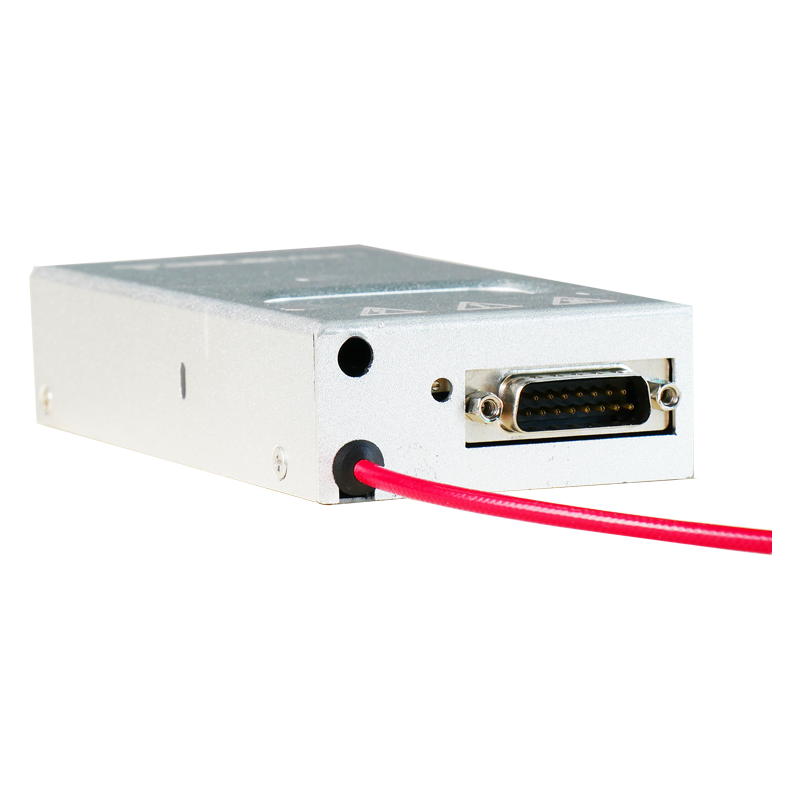The Application of High-Voltage Power Supplies in Nuclear Medicine
With the continuous development of science and technology, nuclear medicine plays an increasingly important role in the field of modern medicine. As a non-invasive and safe diagnostic and therapeutic method, nuclear medicine technology has unique advantages in the early detection, treatment evaluation, and efficacy monitoring of many diseases. In this process, high-voltage power supplies serve as one of the key components, providing necessary energy support for various applications of nuclear medicine. This article will focus on the specific applications and importance of high-voltage power supplies in nuclear medicine.
## 1. Introduction to Nuclear Medicine
Nuclear medicine (Nuclear Medicine) is an interdisciplinary field involving the research, production, and application of radioactive drugs. It utilizes the characteristics of radioactive isotopes, combined with modern medical imaging techniques, to diagnose and treat diseases. Common nuclear medicine examination methods include PET/CT, SPECT/CT, etc. These examination methods can display the functional status and metabolic processes of organs within the human body, helping doctors discover lesions in a timely manner and take corresponding measures.
## 2. Role of High-Voltage Power Supplies in Nuclear Medicine
In nuclear medicine, high-voltage power supplies are mainly used to generate high-energy electron beams or X-rays, enabling the excitation and detection of radioactive drugs. The following are several common scenarios for high-voltage power supply applications:
### 2.1 PET/CT Scanning System
Positron emission tomography (PET) is a functional molecular imaging technique that reflects tissue physiological function and metabolism by detecting the distribution of radioactive drugs in the body. The core component of a PET scanner is a positron emission detector, which captures the annihilation events of positrons generated during the decay of radioactive drugs. To improve the sensitivity of the detector, a high-voltage power supply is required to provide a high voltage to photomultiplier tubes (PMTs). Additionally, high-voltage power supplies are also used to drive X-ray generators, generating transmission beams for co-registered CT image fusion.
### 2.2 SPECT/CT Scanning System
Single photon emission computed tomography (SPECT) is another functional molecular imaging technique that assesses tissue organ perfusion and function information by measuring the distribution of radioactive drugs in the body. The core component of a SPECT system is a scintillation crystal detector, which records gamma rays emitted during the decay of radioactive drugs. To enhance the energy resolution and count rate performance of the detector, a high-voltage power supply is needed to provide a high voltage to PMTs or other photoelectric converters. Similarly, high-voltage power supplies are also applied to drive X-ray generators for co-registered CT image fusion.
### 2.3 X-Ray Generators
In nuclear medicine, X-ray generators are primarily used to produce highly penetrating X-rays, facilitating the observation of internal structures of patients. Typically, X-ray generators employ high-voltage power supplies to provide acceleration voltage and high-frequency current to their internal X-ray tubes. Depending on different clinical requirements, high-voltage power supplies must have the ability to adjust output voltage and current to meet imaging criteria under various examination conditions.
## 3. Design and Challenges of High-Voltage Power Supplies
Since nuclear medicine equipment operates in a high-dose radiation environment, strict requirements are imposed on its high-voltage power supplies. When designing high-voltage power supplies, the following factors must be considered:
- **Safety**: To prevent electrical shock accidents and equipment damage, high-voltage power supplies should have excellent insulation properties and overcurrent protection functions; at the same time, shielding measures should be adopted to reduce electromagnetic interference on surrounding devices.
- **Stability**: To ensure imaging quality, high-voltage power supplies should have high stability and precision, capable of quickly responding to load changes while maintaining stable output voltage.
- **Efficiency**: To improve equipment reliability and service life, high-voltage power supplies should have high conversion efficiency, reducing energy losses.
- **Maintainability**: Considering the operating environment and frequency of nuclear medicine equipment, high-voltage power supplies should be easy to maintain and replace.
In conclusion, high-voltage power supplies play a crucial role in nuclear medicine. In future developments, as nuclear medicine technology continues to innovate and expand into new application areas, high-voltage power supplies will also face more challenges and opportunities.




















